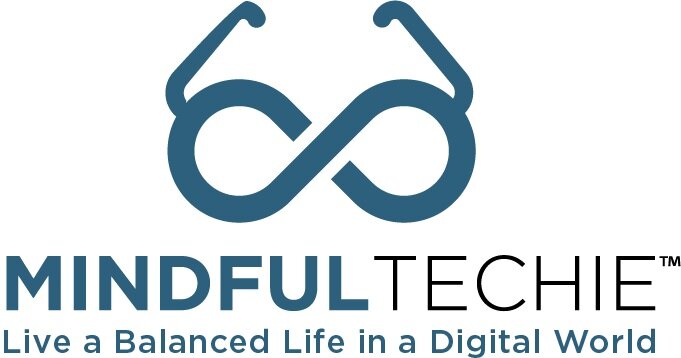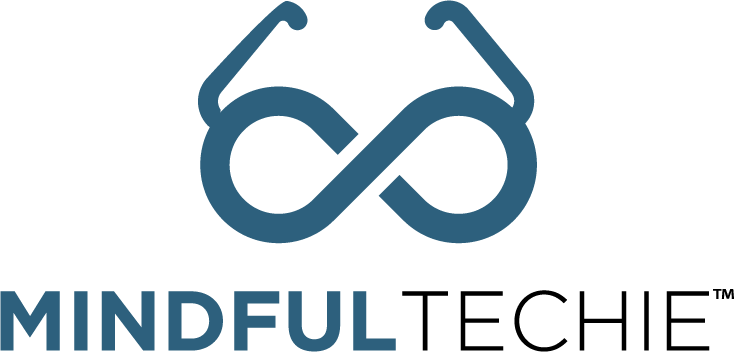Best Practices and Learning for Building a Resilient Nonprofit Virtual Workplace Culture During COVID-19: Why Workplace Culture Isn’t Fluff
This article was originally published as part of the Blackbaud Institute’s npEXPERTS – The Digital Spark, which brings together 16 social good experts to share their perspectives on rethinking human connection through digital adaptation, relationship marketing, virtual culture, and so much more. Get the rest of the insight at https://blkb.co/37XyNqj
by Beth Kanter and Meico Marquette Whitlock
Workplace culture is the environment that you create for your people—whether you work in an office together or as a remote distributed team. A mix of your organization’s leadership, values, traditions, beliefs, interactions, behaviors, and attitudes contribute to the emotional and relational conditions of your workplace. While some may view culture as “fluff,” workplace culture has a significant impact on productivity, results, and organizational continuity.
The pandemic prompted the largest global remote work and home-schooling experiment due to the need for social distancing. Many nonprofit staff were suddenly prevented from working face-to-face together in their physical offices. Many nonprofits had to abruptly pivot to virtual work teams while also quickly adapting the delivery of their programs and services.
As nonprofits have been rightly focused on the external impact of the COVID-19 pandemic, a mental health crisis is emerging inside our organizations. Qualtrics recently published the results of “The Other COVID-19 Crisis: Mental Health,” a survey of more than 2,000 employees, and found that 67% of people report higher levels of stress since the outbreak and 44% report their overall mental health has declined. Nonprofit staff wellbeing and productivity are taking a hit. But the good news is that the data shows you can improve the wellbeing of your team and mitigate some of the negative effects of COVID-19. But you must be willing to listen, then act. Caring is an important first step, but it is just a start. We must take the responsibility of fostering a healthy workplace culture (online and offline) seriously.
Today, nonprofit staff are experiencing many COVID-19-related stressors:
Uncertainty: Without a clear end date for shelter in place orders, there is financial uncertainty for many nonprofits as well as the people they serve, not to mention furloughs and layoffs for staff. It is compounded by postponed events and interrupted program or service delivery, with a higher demand for services already stretched thin. This makes planning difficult.
Isolation: Social distancing and quarantine have prevented us from engaging with our normal day-to-day lives and interacting with friends and family. Working at home, even if you are used to it, can feel lonely.
Work/Life Balance: Many nonprofit staff have found it hard to manage the boundaries between work and life due to unrealistic expectations from managers or a lack of down time activities outside of the home. The work week and weekend have become blurred and people are losing track of days.
Technology Overload: The onslaught of using video conference platforms and other virtual tools for everything in our lives—from work meetings to family holiday celebrations—has caused a new type of techno overload and exhaustion due to staring at screens.
Despite these enormous and unprecedented challenges, nonprofits are also learning how to build a robust virtual workplace culture that not only addresses the burnout and mental health issues, but also helps them be productive and get work done.
Use Rituals to Increase Human Connection
Rituals are small acts done routinely as a group that help create positive connections and relationships. Nonprofit workplace rituals may include meeting check-ins, staff recognition, celebration of work milestones, and other activities. All of these help build social cohesion and relationships. Rituals can be established for your department, team, or entire organization. With the pandemic, it is more important than ever to adapt to the online workspace.
Rituals offer a key productivity benefit: People are more likely to learn from each other, share, and combine their ideas more freely. Stronger relationships at work help us to feel more at ease in sharing our concerns and insights, seek new information and innovative ways of working, and have the confidence to speak out if there’s something that can be done more efficiently or effectively.
A few simple ways to establish or adapt rituals to the online space:
Appreciation: Rituals of appreciation recognize staff or a team that has been working hard or reached a successful milestone. Giving shoutouts and applause during virtual meetings is easy to do. If your organization is using Slack™, you can use “Hey Taco,” to give props to staff. There are also number of tools and plugins that can help you automate saying thank you for a job well done.
Celebrations: Many nonprofits have celebration rituals—from work anniversaries, to successful completion of projects, to other organizational accomplishments. TechSoup has been hosting weekly themed happy hours. Packard Foundation OE staff hosted a birthday party on Zoom™ during which everyone wore a funny hat. In addition to happy hours, your virtual workplace can also host virtual coffee hours.
Meeting Rituals: Meetings should always start with a great opener that orients participants to the agenda, introductions, and a check-in ritual. During the quarantine, a round of check-ins allows people to share how they are coping. It doesn’t have to be a therapy session—you can do fun check-in activities that help people de-stress. Here’s a complete list of check-in And, if you are facilitating a larger staff meeting, here are some creative ways to use the Zoom breakout feature for speed networking activities. Of course, if you have staff members that hate check-ins, you can also establish a ritual of “I pass.”
Simulate the water cooler: When all the interactions with your team are through structured work sessions, you can quickly lose the human-to-human connection. Some may be missing water cooler chats or informal socializing in the break room. Make sure your meetings and virtual communication aren’t overly buttoned up. Some nonprofits have experimented with remote walking meetings for 1:1 check-ins using Facetime™ or Zoom, co-working together, virtual watercooler threads on Slack, or “drop-in office hours” for quick chats.
Integrate Mindfulness into Your Workplace Culture
Mindfulness—the mental state of being aware of what’s going on in the present moment without judgment—is an important tool to help us skillfully navigate this new terrain and lead in today’s world. More than two decades of research show that mindfulness is more than “woo-woo” or “nice to have.” It’s a critical organizational competency that has proven benefits such as sharpening attention, improving mental health, and increasing resilience.
Here are some mindfulness practices that can be adapted for the virtual workplace:
Create space: With the transition to virtual work, many of us are working more (not less). What was once our commute time or a coffee break has disappeared along with important mental cues that help us shift between work time and personal time. Reclaim this space by creating start and stop rituals for your work. For example, changing into and out of certain clothes (e.g. your superhero cape or your Mr. Rogers sweater). Also, put meal times and breaks on your calendar so you have a mental cue to take regular breaks.
Pause on purpose: Intentional pauses allow us to pause and reset so we can respond from a conscious place rather than react from an unconscious place. Examples might include: a brief moment of stillness or a short office yoga session before a meeting; not responding to an upsetting email right away; or in a meeting, restating what you thought you heard and asking clarifying questions before offering a response.
Set an intention: When it comes to meetings and collaborative projects, there’s nothing more frustrating than a lack of clarity about the purpose. One simple way to avoid this is to think about the intended outcome before diving in. This ensures everyone is on the same page and confirms it makes sense to move forward. Here’s what Oprah uses: What is our intention for this meeting? What’s important? What matters? This framework can also be used to plan your days and weeks.
Establish rules of engagement: One way to lower anxiety about missing something important or being seen as a slacker if we are not able to respond 24/7 is to establish rules of engagement that spell out your team’s work hours, which tools to use, who to contact if something is urgent, and expectations for response times.
It is unclear when or how our work and personal lives will go back to “normal.” It is clear the pandemic has taught us that paying attention to organizational culture, whether online or off, is more critical than ever for our individual and collective wellbeing and effectively advancing our missions in uncertain times.
To learn more about work-life and tech-life balance, send Meico a message or connection request.

